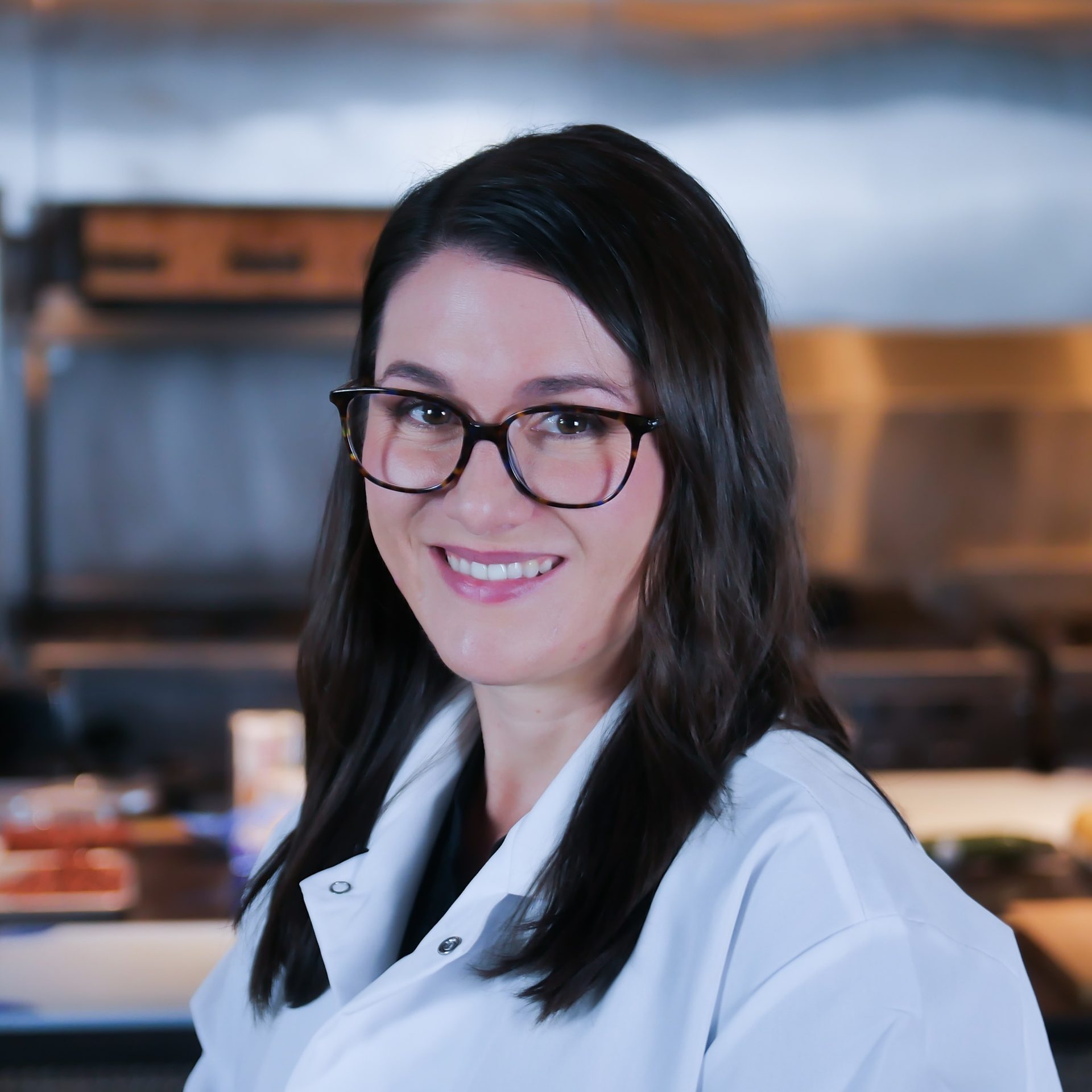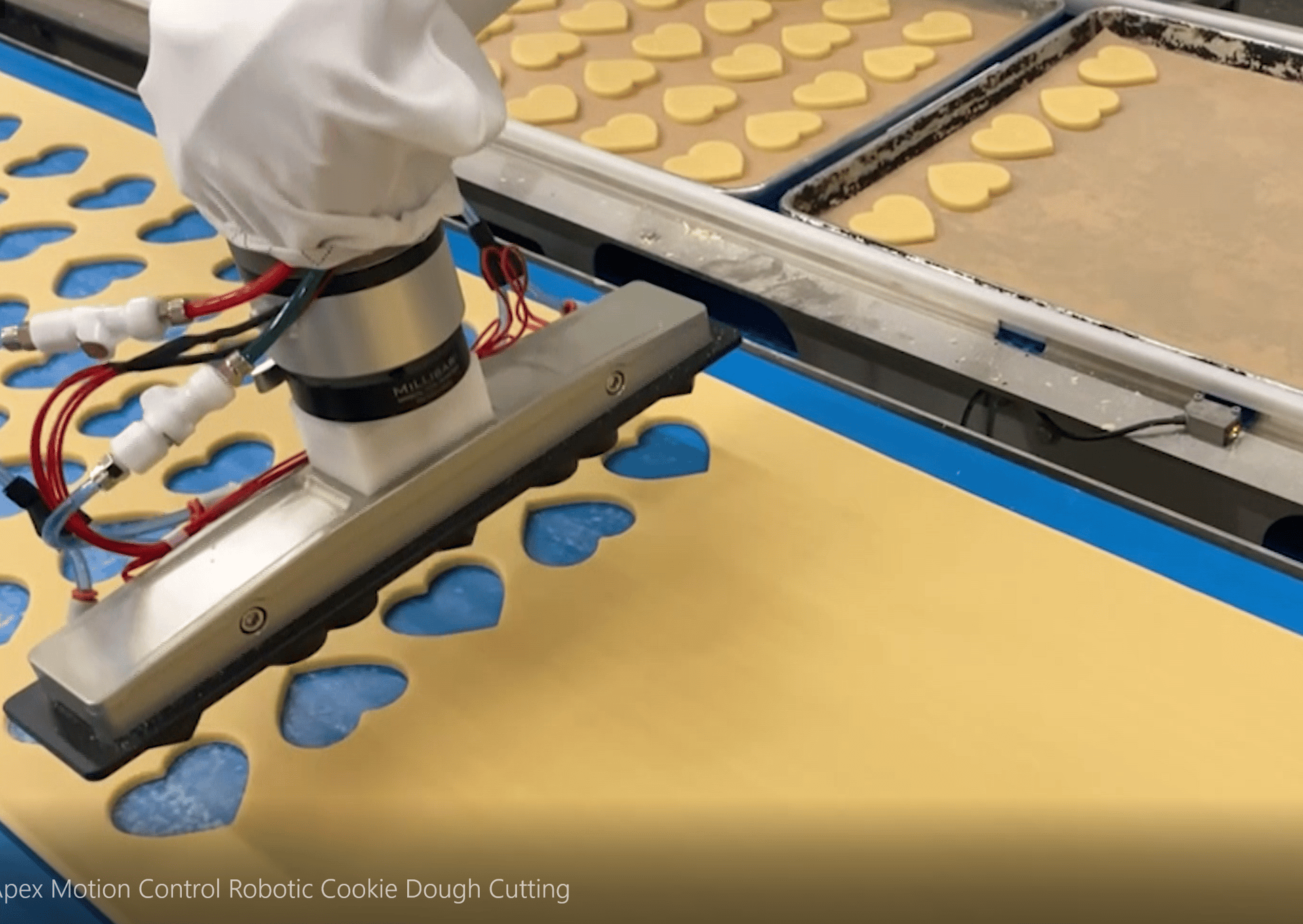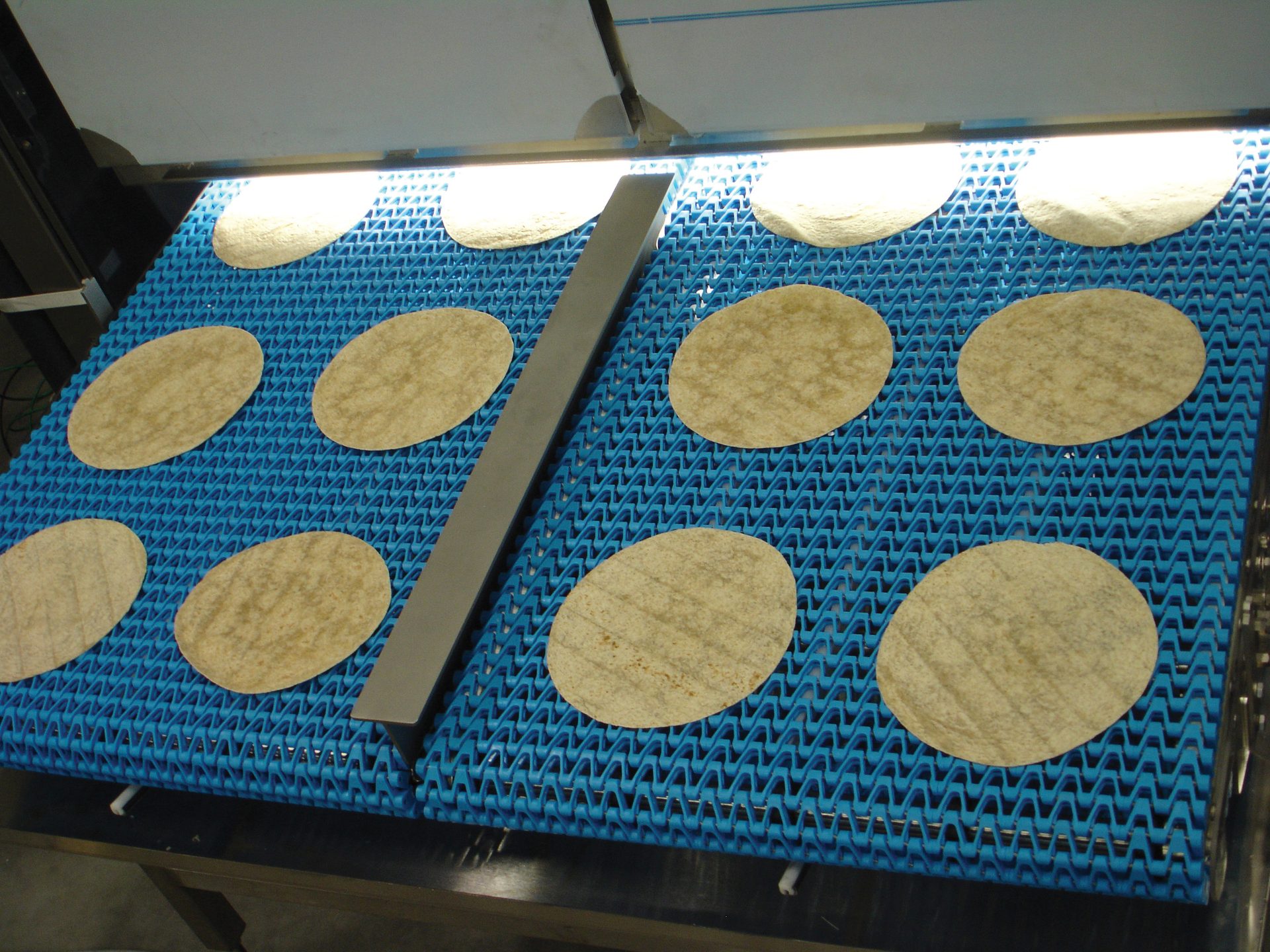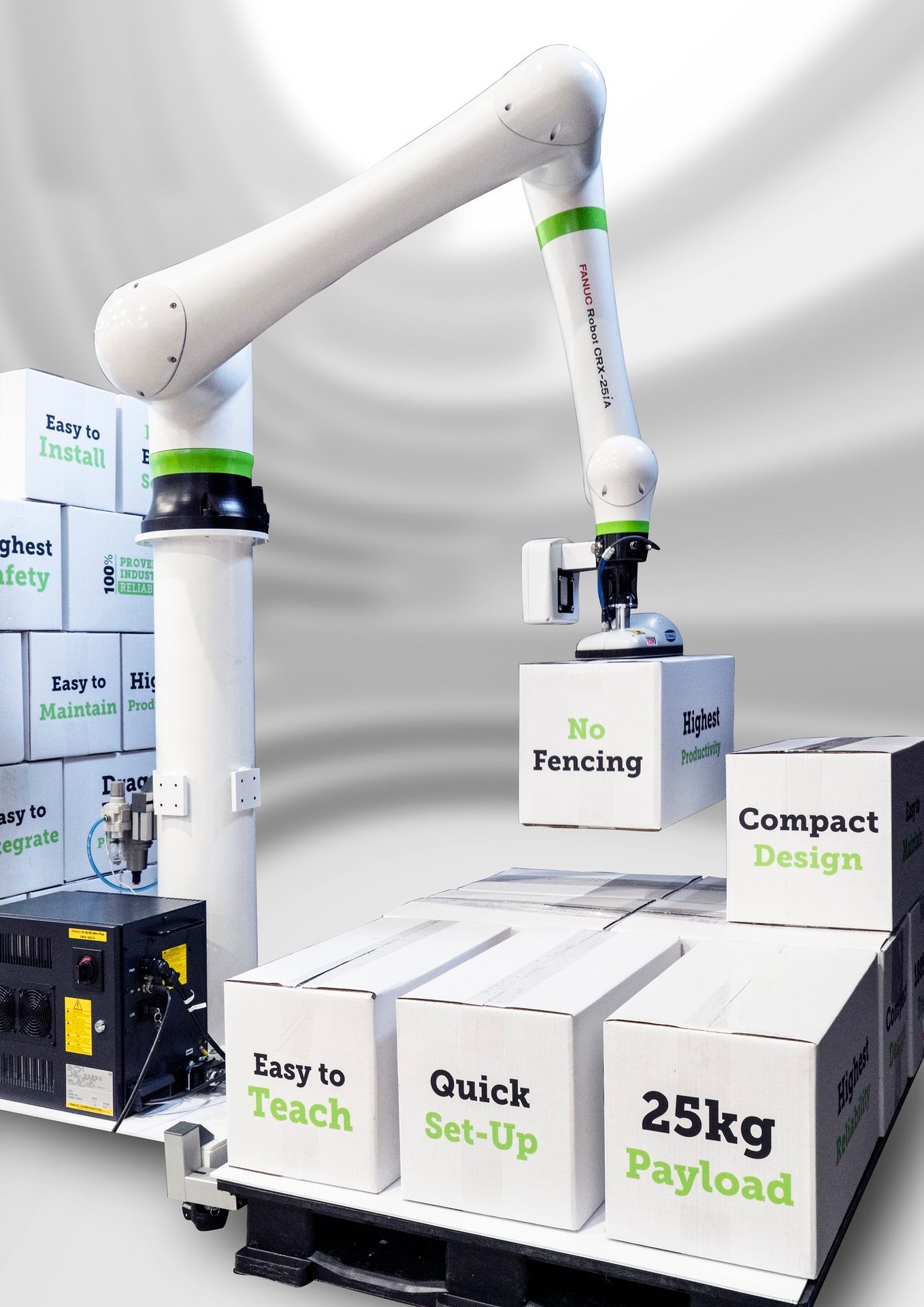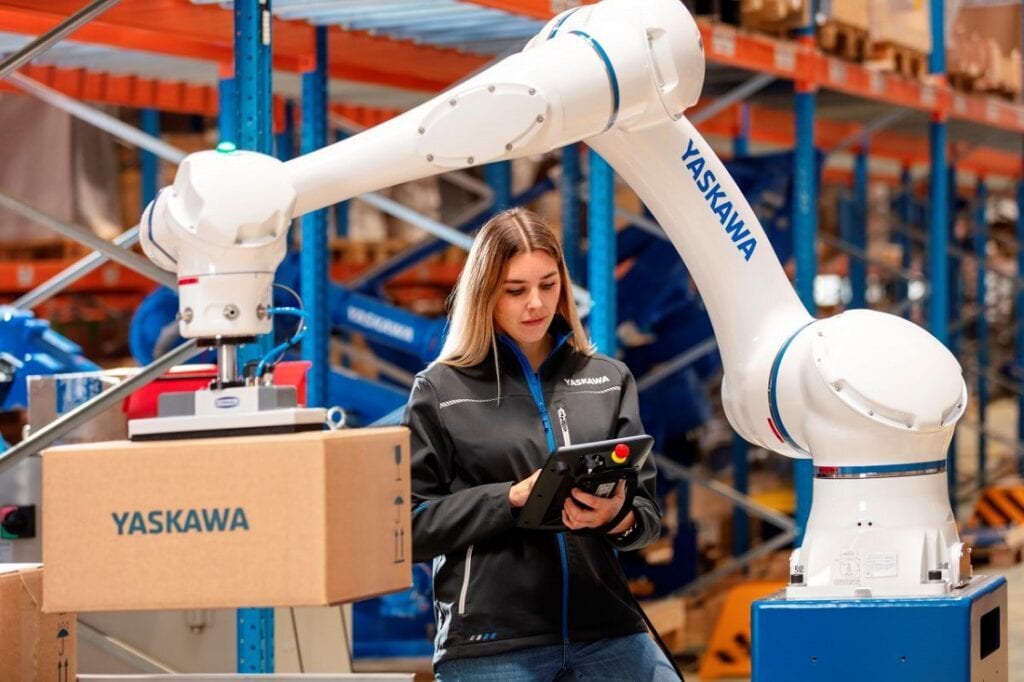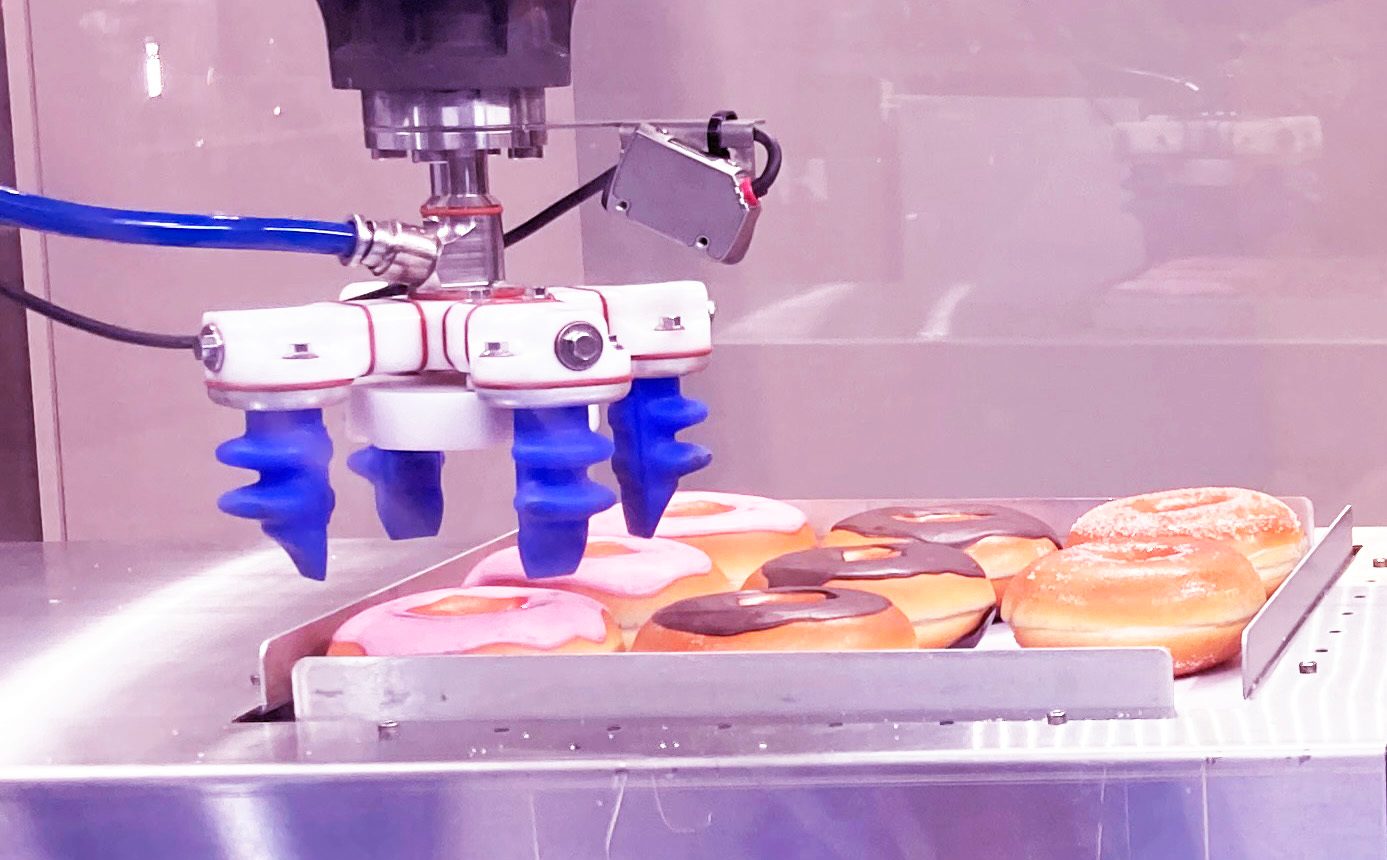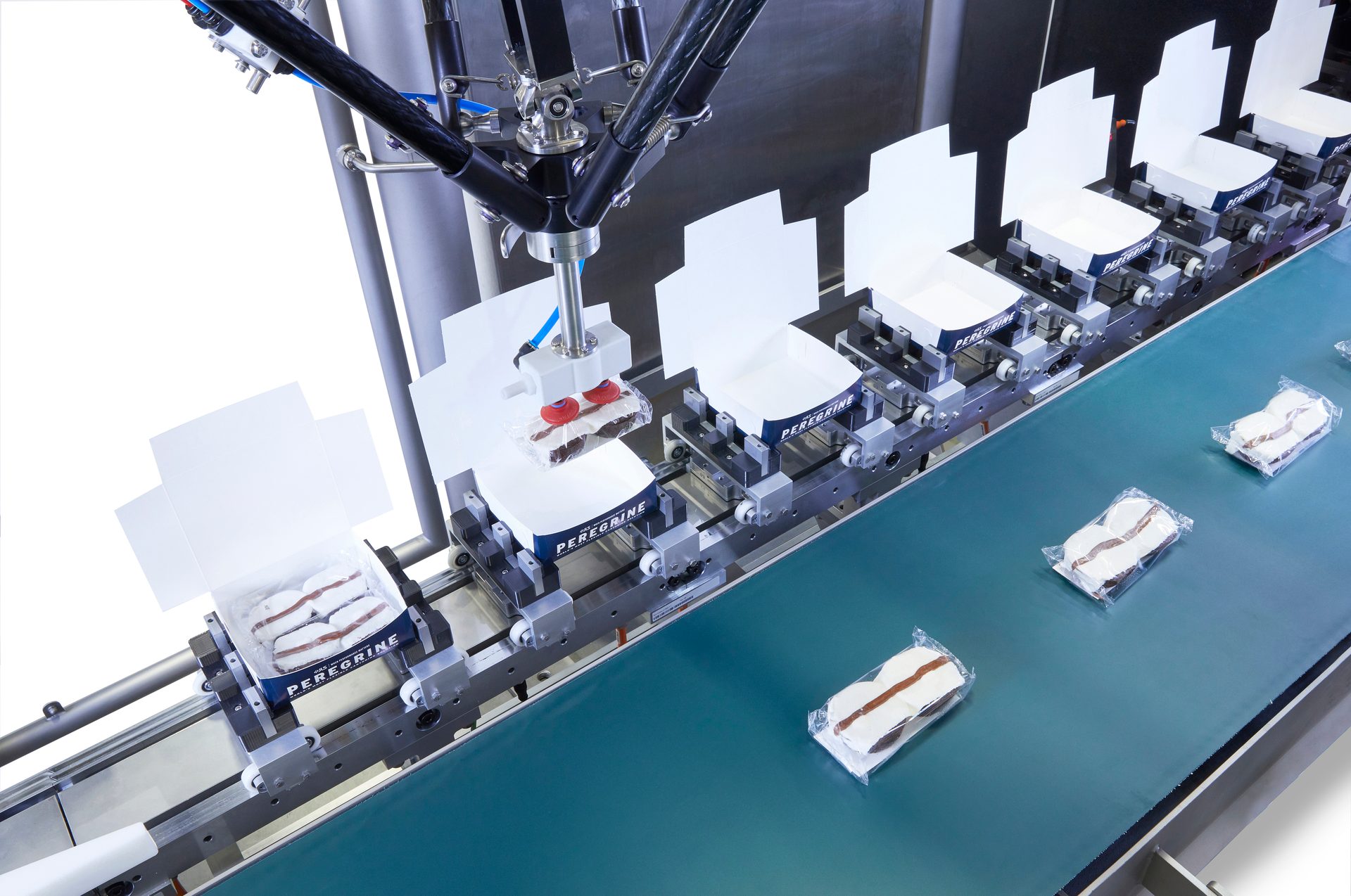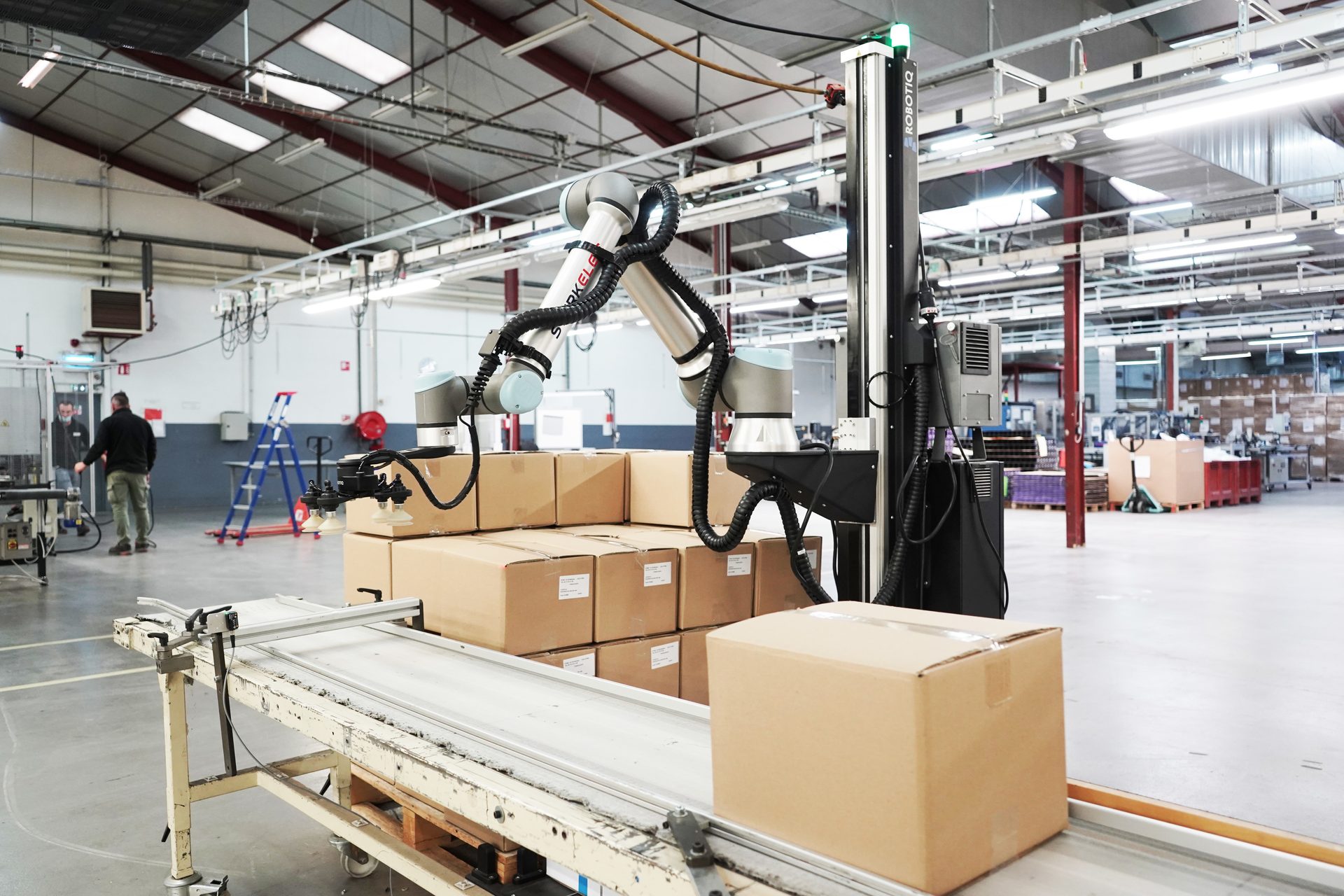Jenni Spinner: Could you please share your thoughts on how the snack and bakery production market has evolved, and why testing and prototyping might be becoming more important to producers?
Jenn Farrell: Data-driven R&D has become more important than ever; knowing the market, keeping up with trends data, all lead to a quicker and more streamlined development process. This saves time, money, and resources in the long run. It can also cut down on risk associated with launching new products, reminding us that the consumer is the reason we do what we do.
Rachel Orona: There is definitely a large focus on health and wellness in snacks and baked goods, as well as a push toward organic, natural, and plant-based ingredients. We are seeing initiatives to lower sugar levels or incorporate sugar replacers as well as a removal of artificial coloring, which supports the larger focus of better-for-you trend. Also, packaging smaller portions with individually packed products or mini packs for snacks on the go has been growing.
On the flipside, we are also seeing emerging trends around bold flavors and indulgence following the pandemic. This includes products that are perceived as rich textures or premium placement products. People want to consume products that make them feel comforted, and it is a plus if the health factor is included for the healthy indulgence evolution.
The category of snacks and baked goods is huge and continuing to grow, so it’s important to protect your brands and products by utilizing product testing early in the development process. We have seen brands get excited about prototypes based on internal tastings and move forward quickly to scale up while leaving out the step of conducting consumer product testing with their target users early in the process. Consumer testing is conducted later in the process or right before launching and the products don’t perform as well as expected. This adds time and can delay the product launch as well as adding additional development cost.
At Curion, we help clients save time and cost by implementing tests early on for ideas or concepts, unmet consumer needs and whitespace, co-creation with target users, assessing how well a new product is delivering on the concept, and so much more.




